Latin American Art
1/67
There's no tags or description
Looks like no tags are added yet.
Name | Mastery | Learn | Test | Matching | Spaced |
|---|
No study sessions yet.
68 Terms
Latin American (reading, from Falconi)
historically tied to colonialism, European categories, and geography.
Originates from French imperialism
The Napoleonic code, the undoing of feudal systems, Christianity, and the common detail of all being democratic republics.
Latinx (reading)
a contested, politicized identity marker emphasizing inclusivity (gender, diaspora, U.S. context)
Latinx is marked by various factors of gender, mobility, migratory status, skin color, and access to cultural and economic capital
Cosmopolitanism (reading)
Early 20th-century avant-garde
Modernity as international, urban, experimental
Key: Latin America not peripheral—artists claim place in global modernity
Regionalism / Antropophagy (reading)
Cultural nationalism through appropriation and transformation
Figari (reading)
celebrate regional culture and autonomy
Oswald de Andrade (reading)
Cannibalist Manifesto: metaphor of “eating” European culture to transform it into something uniquely Brazilian
Siqueiros (reading)
art must be collective, political, revolutionary
Rivera (reading)
murals at Ministry of Education: art as public pedagogy and national identity
Art as the Revolution in Mexico (reading)
tool of revolution and education; murals as “walls of the people”
Carribean Surrealism (reading)
not just aesthetic play, but political liberation tool
Surrealism at the Crossroads (reading)
Surrealism reframed in Latin America to confront colonialism, slavery, diaspora
Sabogal (reading)
defend indigenous art as central to national identityM
Mariategui (reading)
“Problem of the Indian” is economic (land, labor), not just cultural
Indigenism (reading)
ties to anti-colonial, socialist politics
social/political and artistic project meant to address, advocate, and restore to local cultural expression
Torres-Garcia (reading)
defending geometric abstraction. “The New Art of America” universal grid, but rooted in Pre-Columbian symbols
Rothfuss (reading)
Geometric abstraction challenges traditional fame; art must integrate with space and viewer
geometric abstraction (reading)
abstraction in Latin America = utopian, experimental, anti-colonial universalism
Villanueva
“integration of the Arts” in architecture (art, design, life fused together)
Cuidad Universitaria de Caracas: modern university campus that combined architecture, sculpture, and murals to embody Venezuela’s modernization and democratic aspirations.
January 23rd Housing Complex
Le Blanc (reading)
Brasilia’s modern architecture = political branding of Brazil as futuristic, modern, powerful
Cities of the Future (reading)
Architecture and art used to imagine national utopias and project modernity
General throughlines (from Chat, but inspired by the rading)
Identity formation → What does it mean to be “Latin American?”
Appropriation vs. autonomy → Using European models (cosmopolitanism, surrealism, abstraction) but transform them (cannibalism, indigenism)
Art as politics → Murals, manifestos, architecture = tools for revolution, nationalism, liberation
utopian vision → abstraction and modern architecture as ways to design new societies
Diego Rivera (art)
Political commitment - Marxist and anti-capitalist themes. Murals championed workers, peasants, and indigenous people as the foundation of Mexico’s identity. Rescues Mexico’s true socialist cultur
Public Art for the Masses - Murals placed in government buildings and public spaces to educate and inspire ordinary people, not elites
Mexican Nationalism - Reclaimed pre-Columbian imagery, indigenous figures, and Mexican history to create a post-revolutionary national identity.
Historical Narrative - Used large-scale murals to tell sweeping stories of Mexico’s past: conquest, oppression, revolution, and rebirth.
Social Realism - Realistic, accessible depictions of laborers, farmers, and social struggle
No one ever faces the paintings—their backs are always turned/
Vantage point
what is the visual position depicted
color
describe the color palette
sense of space
ample or little room between things
size relationship
are some things rendered much smaller/bigger?
Compositional arrangement
what quickly catches your eye and why?
As you read, jot down:
Whom and/or what does each author criticize? Why?
Imagery that jumps out
What do the authors favor or praise? (references, people, things, ideas)
Ramon Alva de la Canal (art)
Revolutionary themes - He aligned with the goals of the Mexican Revolution: glorifying workers, peasants, and indigenous life. His art depicted social struggle and national pride.
Graphic modernism - Blended avant-garde European styles (Cubism, Futurism) with Mexican motifs. Strong geometric composition and simplified forms.
Book and print art - founding member of the Estridentista movement. Created covers for Actual No. 1 and other Estridentista publications.
Urban modernity - Highlighted modern city life—machines, movement, electricity, progress
Estridentismo
Mexican avant-garde artistic and literary movement that emerged around 1921 and lasted until about 1927
Founded by Manuel Maples Arce and influenced by European modernist movements like Futurism, Cubism, and Dadaism.
Rejection of the past, celebration of modernity, multidisciplinary, political tone.
Painters: Fermin Revueltas and Ramon Alva de la Canal
Ramon Alva de la Canal (test)

Avant Garde
seeks to destroy concepts of art. Creating a new revolution. Means “before guard.” Sees first, scopes out the new frontier, and comes up with attack plans.
Cosmopolitanism
drawing from all over the world. No specific region of origin. Cities are _____.
Oswald de Andrade (class)
Influential in Brazil, wrote Cannibal Manifesto. Advocated for producing poetry for export to counter European post-colonial influence
His manifesto for anthropophagy has a lot of inside references. Against Catholicism and its implications in the indigenous communities. Doesn’t like European ideas, says “down with all the importers of canned consciousness.”
Thesis of Cannibalism
take what you want, eat what you want, and shit what you want. You can infuse your own local traditions and infuse with others. You can engage with modern life and make it your own.
Tarsila de Amaral
Her art visually embodied Oswald de Andrade’s Cannibalist Manifesto. She devoured European art styles and reinterpreted them to create something distinctly Brazilian
Simplified forms, bold colors, and flattened perspectives.
Tarsila do Amaral (test)
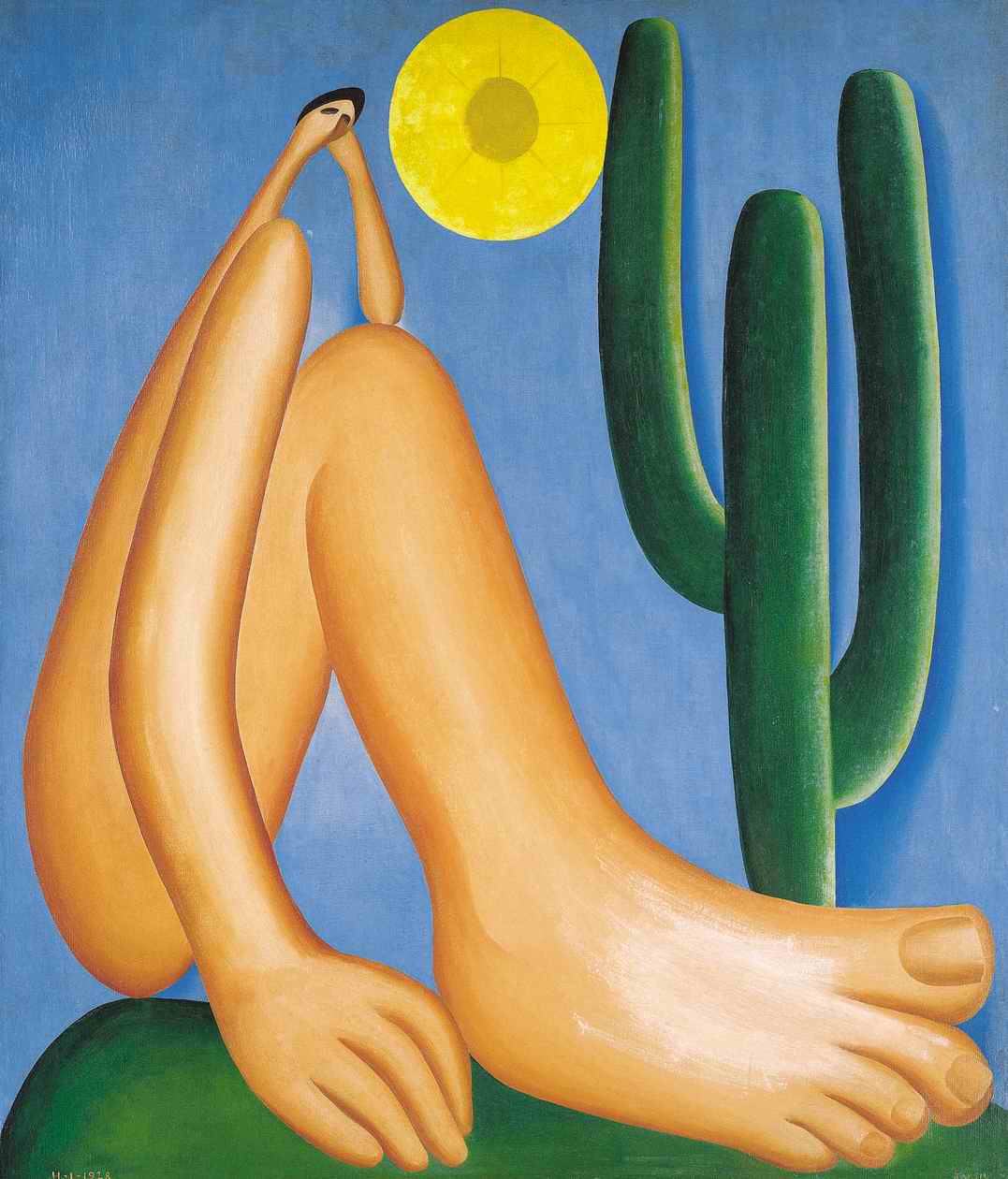

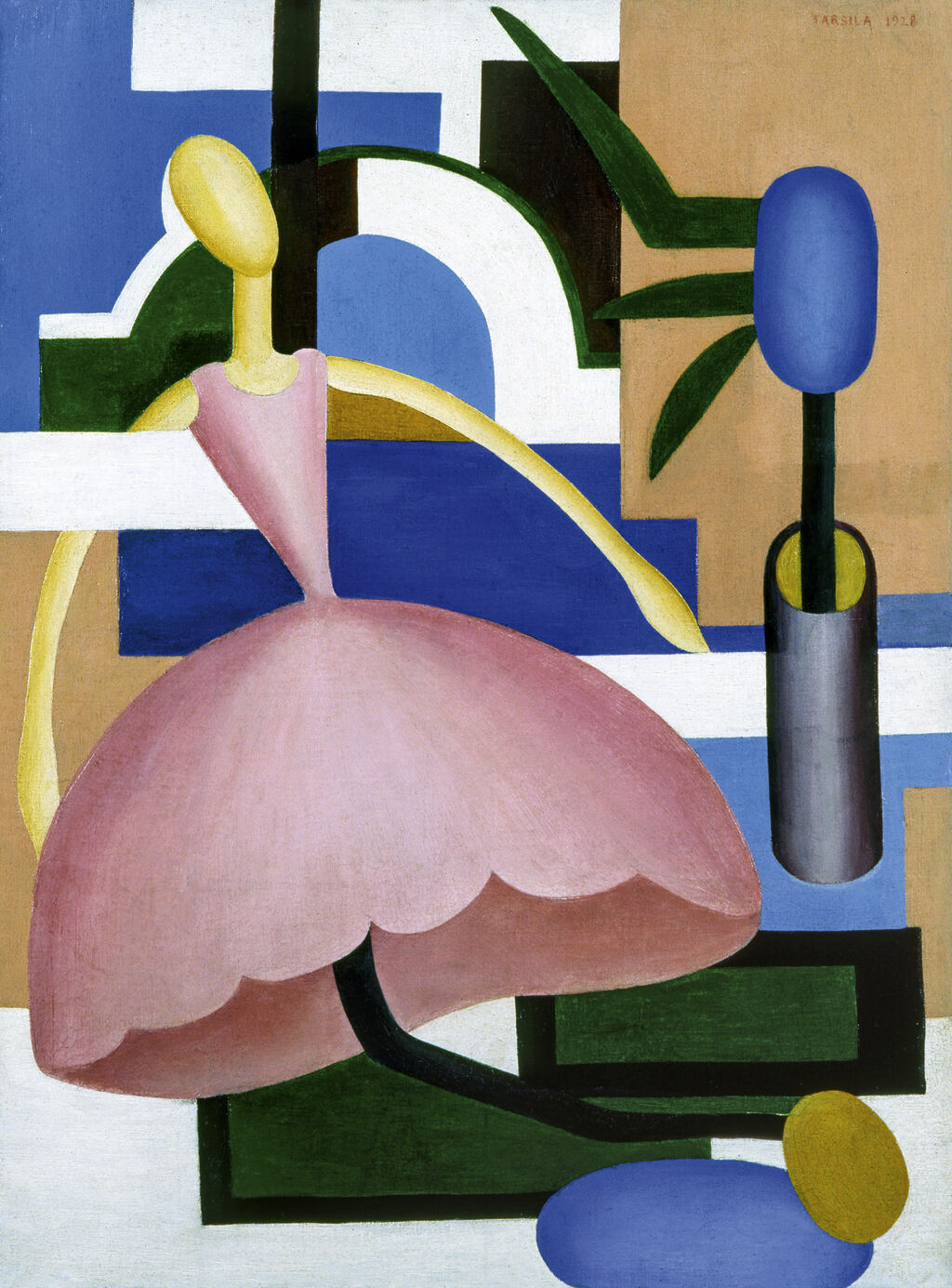
Andre Breton (reading)
“first Surrealist manifesto”
Surreality is a resolution between dream and reality, which seem contradictory, into a kind of absolute reality, a surreality.
Surrealism focused on reclamation, sovereignty
Founder of the surrealism movement after the publishing of the surrealist manifesto in 1924.
Psychic Automatism (surrealism)
Language has been given to man so that he may make surrealist use of it. Exercise of flee flow, writing down whatever images the mind came up with. Surreality is pure ______ _______, expressing the real process of thought. Outside all aesthetic or moral preoccupations
Wilfredo Lam (art)
multiracial Cuban artist
Art gets more surreal as it goes up—-almost
Mixed European avant-garde techniques (Cubism, Surrealism) with Afro-Cuban religion (Santeria) and Caribbean identity. His art embodied hybrid cultural roots—African, Indigenous, and European
His work opposed colonialism, racism, and cultural domination. He used myth and spirituality to reclaim Black and Indigenous heritage suppressed by Western modernity
Style: elongated hybrid figures, mask-like faces, and jungle motifs. Blended human, animal, and spirit forms into dense, mystical compositions
Santeria (Lam)
syncretic religion with combined elements, and colors from Yaruban and Catholic iconography
Frida Kahlo
Wilfredo Lam (test)

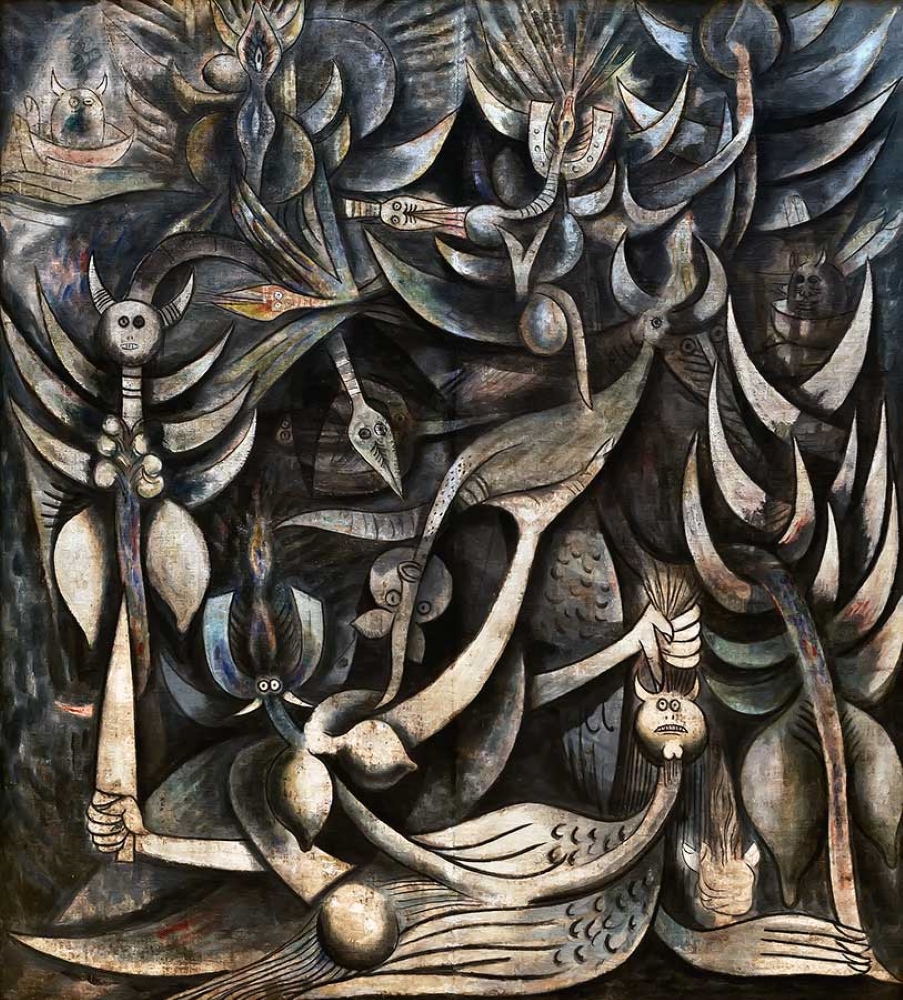

Jose Carlos Mariategui (lecture)
leading figure in indigenism. A mestizo critic, author, and journalist from Peru. Had to go into political exile as he traveled across Europe. Integrated political and economic theories into indigenous integration conversations. Advocates for the abolition of the land-tenure system and do land redistribution.
Did Amauta magazine, meaning “wiseman” and “teacher”
Amauta
literature and art can provide links to indigeneity. defies artistic norms. defies societal norms by embracing the avant-garde, socialism, and revolution
Jose Sabogal (art)
made indigenous people and Andean life central to modern Peruvian art, rejecting European academic styles
believed Peru’s authenticity came from its religious roots, not from imitation of Europe
realist but stylized style. Solid forms, earthy colors, strong outlines.
Saw art as social reform
realistic, honest depictions of indigenous people → bring people to the truth
Jose Sabogal (test)

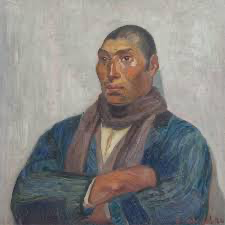
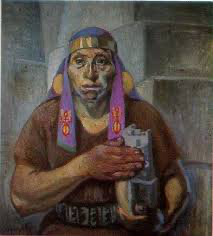
Geometric abstraction (lecture)
avant-grade, creativity, rejection of the traditional. ____ is a universal language.
Joaquin Torres-Garcia
Brought European geometric abstraction into a Latin American context
Geometric grid represents universal harmony, but filled with symbols of pre-Columbian and Indigenous traditions.
redefined geometric abstraction as a language that could serve the “South” and express Latin America’s own universal truths
geometry was ethical structure
calls for a new culture that abandons the “fluctuating whims of Europe”
The Indian is a geometer, from the pre-Columbian tradition
Joaquin Torres-Garcia
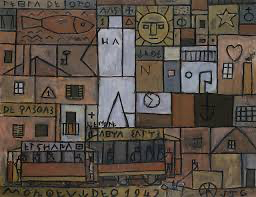


Rhod Rothfuss
uniform, precise, defined, reliance on primary colors, no pictographs/only abstract, even wood frame is cut to be abstract. The frame is fitted to the work rather than the work fitted to the frame, very slick and mechanical, not tiled—almost collectivist
shape of canvas should be part of the composition—edges of the frame followed the geometry of the artwork
leading voice for the concrete art movement, pushing for pure abstraction: no representation, no illusion, only real forms and colors
Oscar Niemeyer
architect of Brasilia—-Designed most major government buildings for Brazil’s new capital in the 1950s. The city was built as a symbol of modern, democratic, and forward-looking Brazil
broke from the strict geometry of European modernism. Used curves, open spaces, and concrete to create sensual, flowing forms that reflected Brazil’s landscape and culture
presidential palace - reinforced concrete, large windows, creating levels
5 points of new architecture
use of pilotis (piers) no ground floor
open floor plan
free facade
horizontal windows—-”curtain wall”
flat roof w/ garden terrace
Presidential Palace
painted white due to hot climate
curved concrete seemed biolgoical/nautral
roof extends out to cover windows during rain and extreme heat sessions
National Congress
extraneous bowls to signify house and senate
tons of rebar to make reinforced concrete pliable
General Notes about Brasilia
City wasn’t planned for the lower class, so favellas spawn all around
architectural volumes are uncanny, they are very photogenic—-publish photographs in international architectural magazines.
Venezuela
Known as a petro-state.
Half of 3 biggest oil companies profits had to be given back to teh state
9,000 apartments housing 60,000 families built in multiple tall buildings.
known as the January 23rd Housing Complex
Some projects didn’t get finished
Expansion of national university in Caracas, but becomes enormous. It becomes a university city
Fermin Revueltas
One of Mexico’s early modern painters and muralists
Revolutionary modernism — among the first to merge avant-garde style with post-revolutionary ideals
Part of estridentismo — like Ramon Alva de la Canal, he was tied to the Estridentista movement, which celebrated speed, technology, and urban life.
Known for vivid, dynamic compositions—sharp geometry, strong diagonals, and bold color contrasts meant to express energy and change
Watercolor on paper
Fermin Revueltas (test)
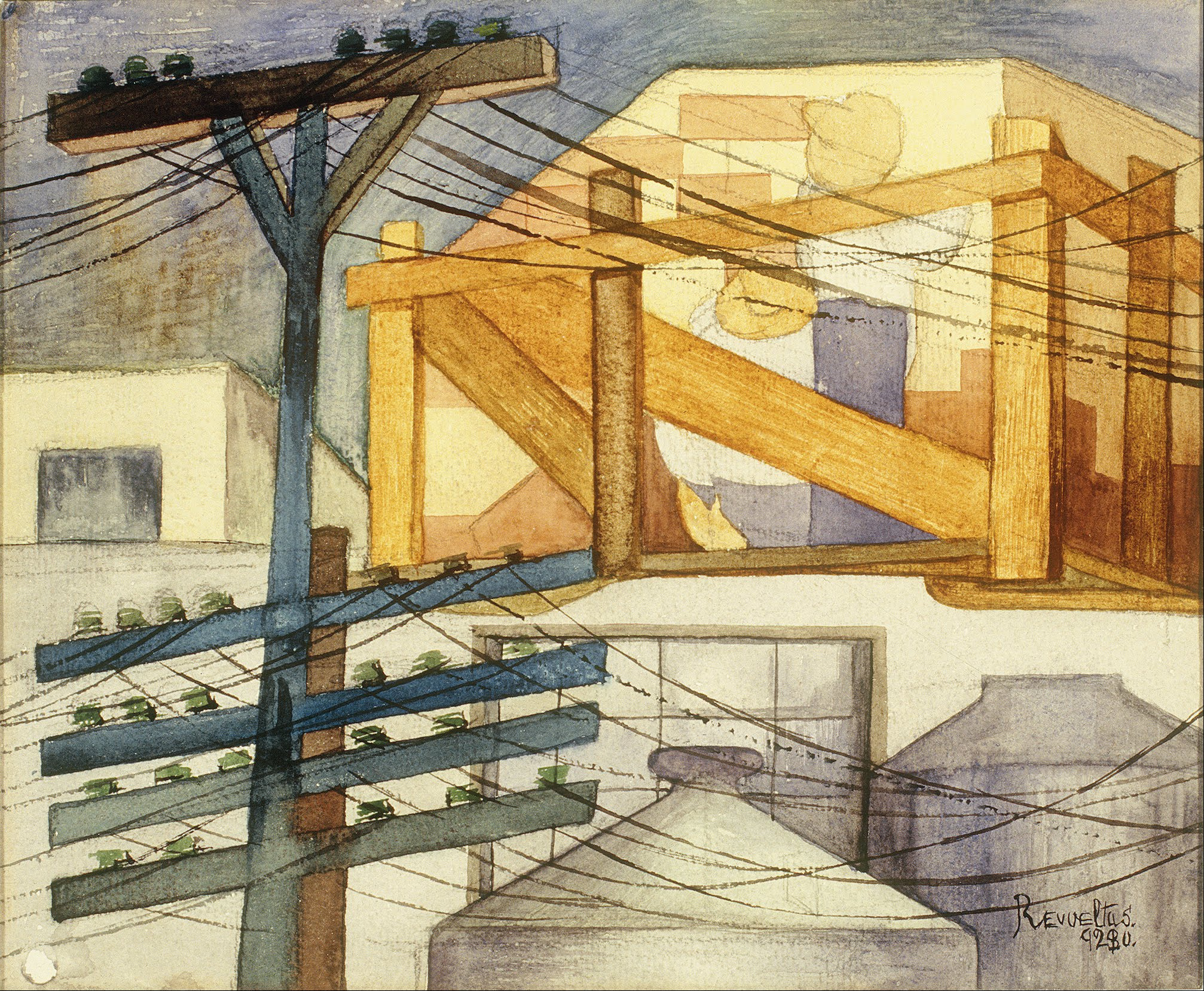
.jpg)
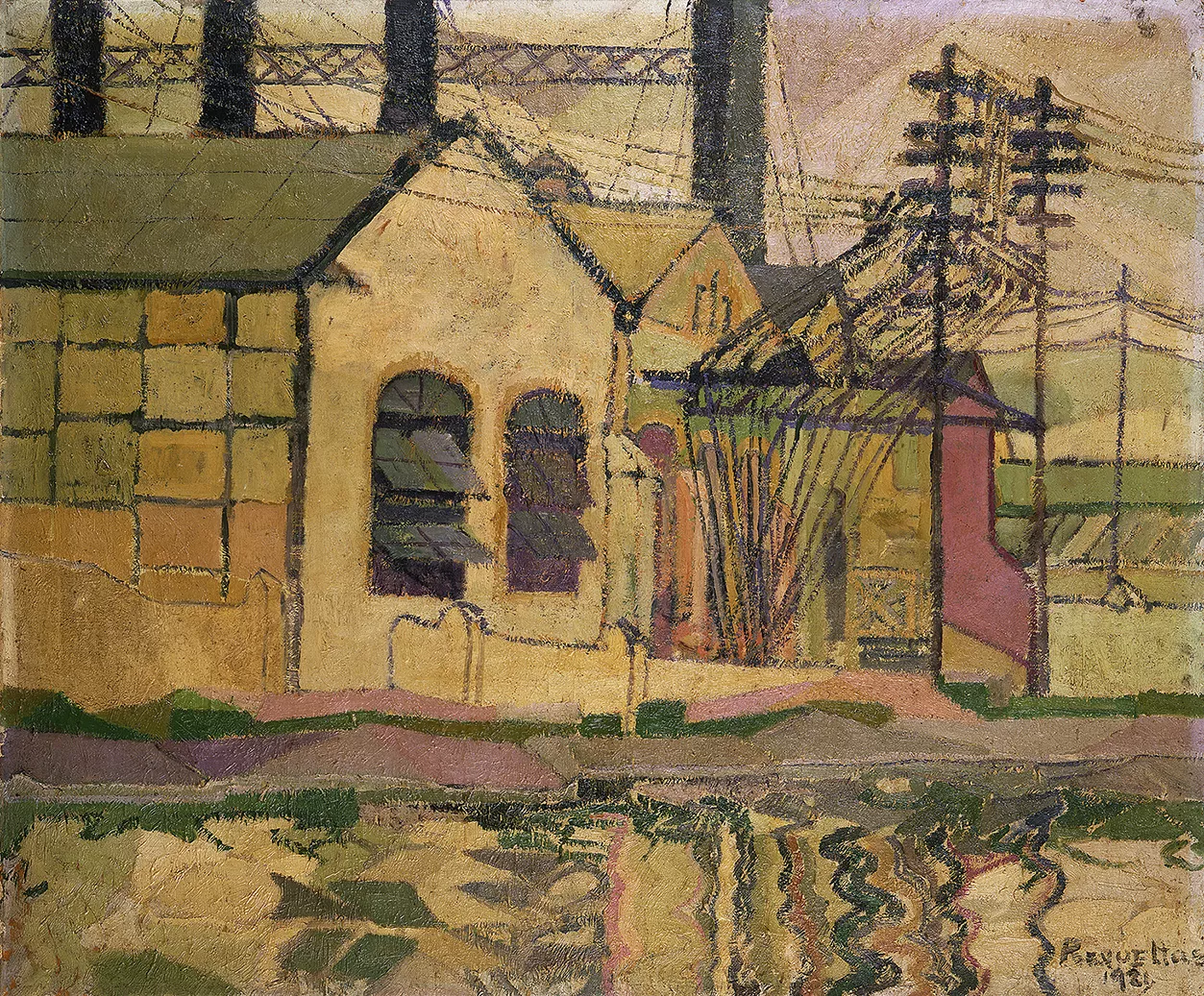
Le Corbusier
had five points of a new architecture
Swiss-French architect. Advocated for planned, orderly cities with green spaces and high-density housing
Modern architecture’s blueprint: geometry, order, and function as social progress
Candido Portinari
Azulejos (blue and white mosaics)
Jean Charlot
French-Mexican painter, muralist, and illustrator
Bold, simplified forms, strong black and white contrasts, and monumental sense of volume
Tina Modotti
Italian-born photographer
Industrial and social realism.
socially engaged photography
Figari (art)
Uruguayan painter, lawyer, and intelletual
Loose, impressionistic brushwork with soft, luminous color palettes
Mood and movement rather than realism or detail
Paintings feel dreamlike—-more memory than documentation
Scenes of colonial-era Montevideo, rural traditions, and Afro-Uruguayan dances
Aimed to preserve local customs and express Latin American identity apart from European influence
Interested in how collective memory forms national identit
Figari (test)
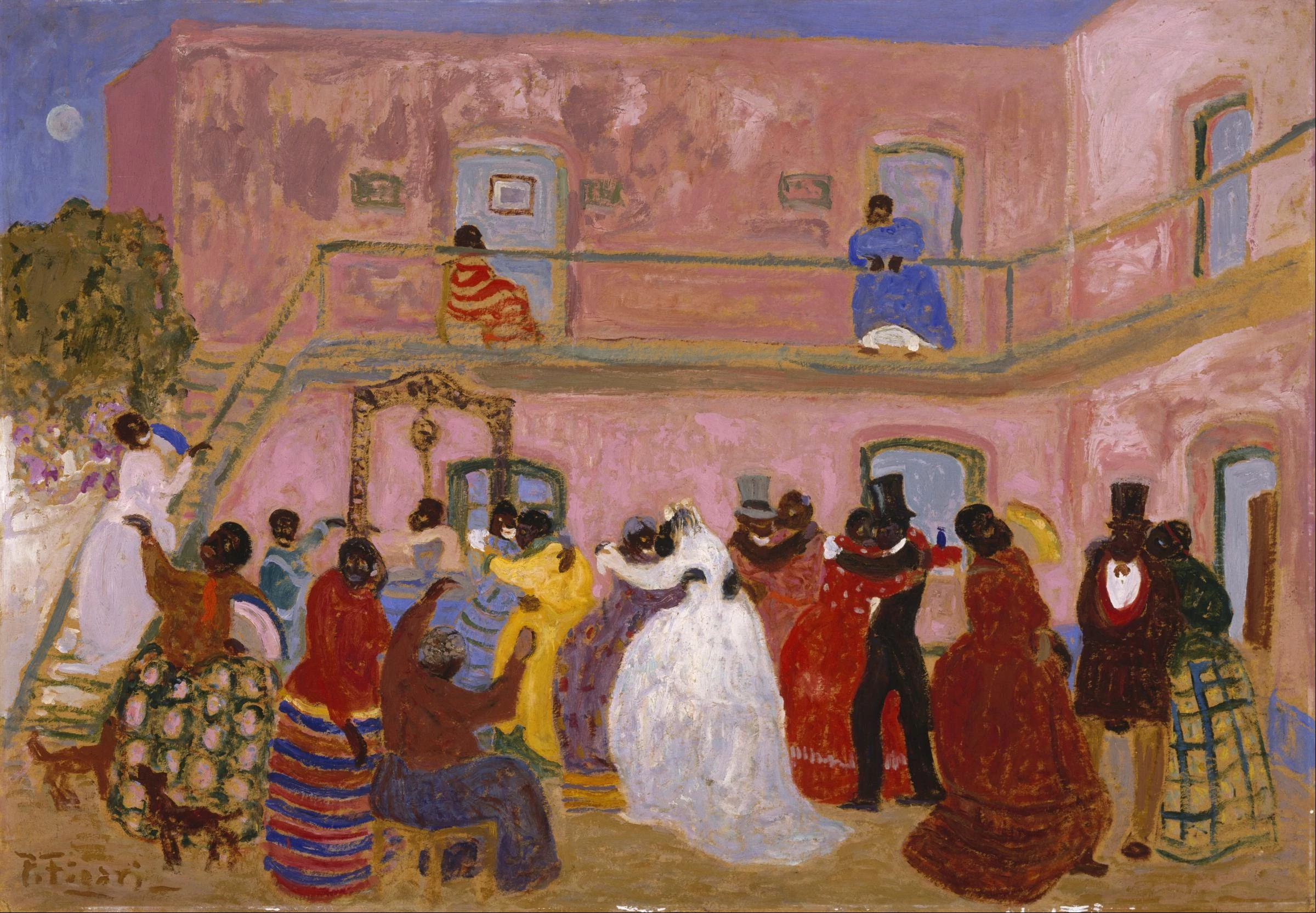
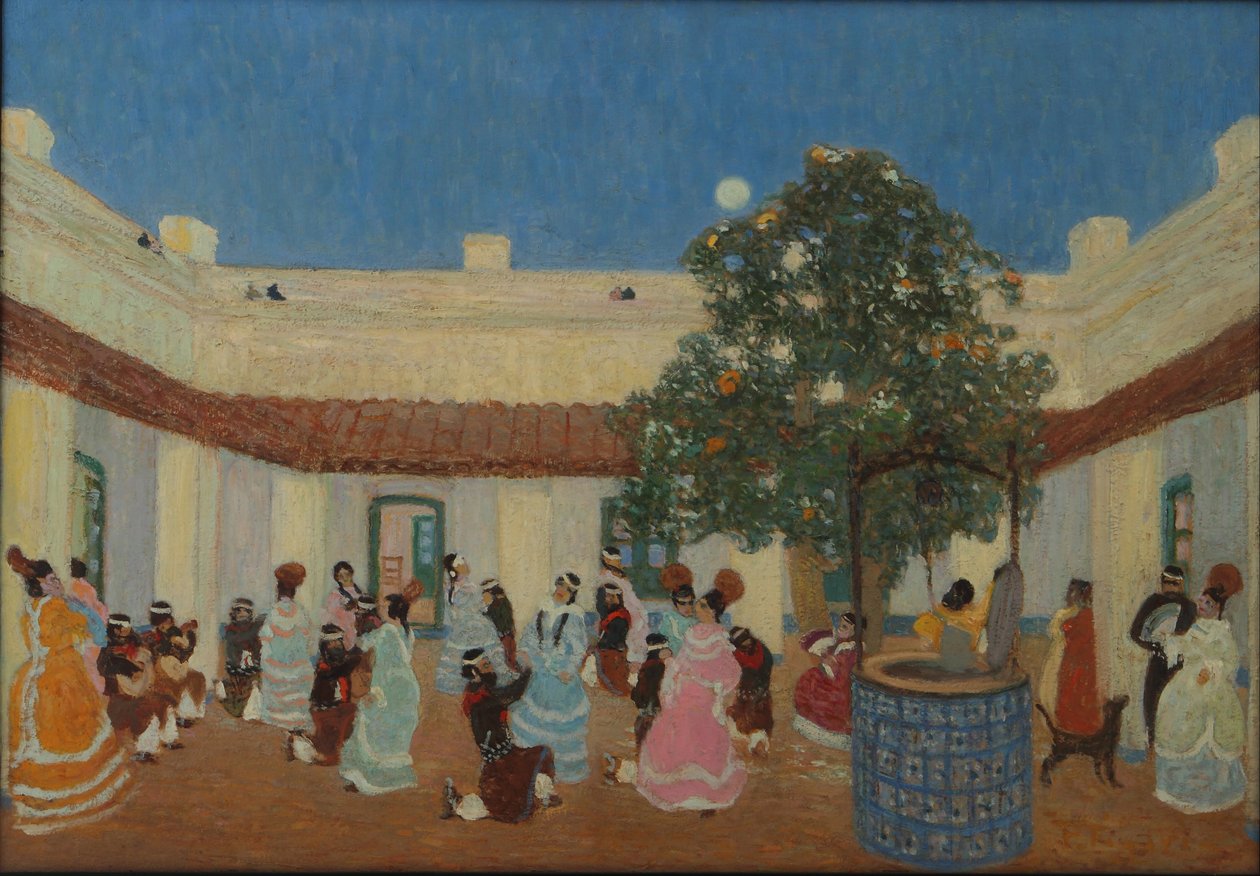
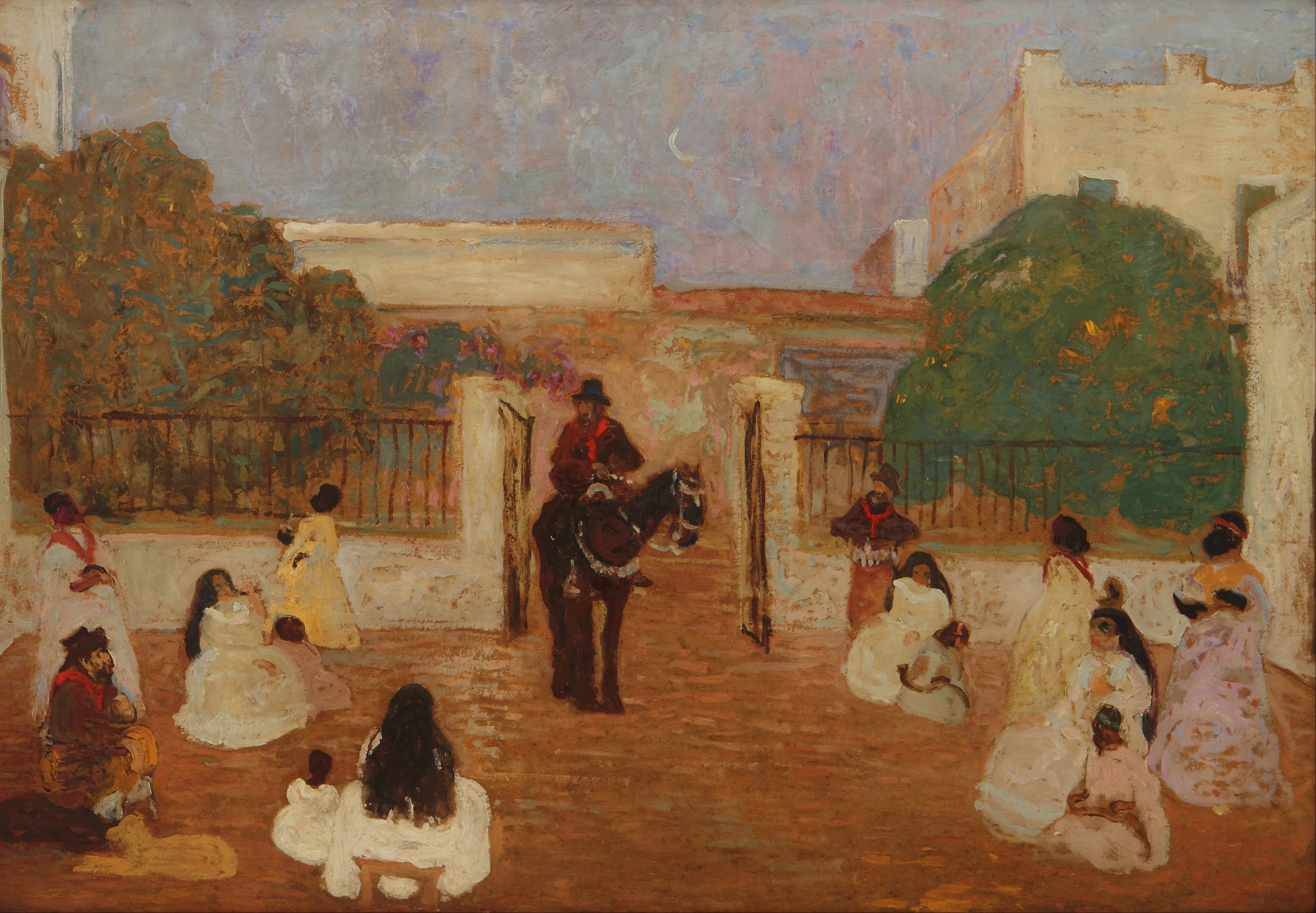
constructive universalism
Diyi Laan
Member of the MADI movement
Abstract, non-figurative. Geometric forms. irregular.
Manuel Alvarez Bravo
Blended documentary realism with surrealist undertones
deeply attentive to light, shadow, and form, creating images that feel timeless and metaphorical
used ordinary people and everyday scenes to evoke national identity and human dignity
Surrealism, modernity v. tradition, death and spirituality, and Mexican identity